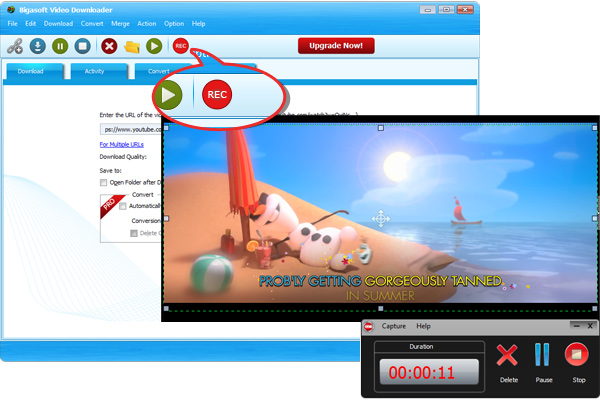
(TrashMan)-8-thumb.png)
The new characters make the four-player local co-op better when playing alongside youngsters (like my daughter), but four experienced Mario players may not like having to play as one of the easier options. You can play as the nimble Toadette (who can power-up into super-floaty Peachette) and Nabbit, a character who cannot take damage from enemies (perfect for kids who are just learning how to play).

It’s largely the same experience as six years ago, but a few new additions do manage to add value. The acorn turns Mario into a flying squirrel, and yes, it’s as cute as it sounds. The map brims with life, which sets an appropriate stage for the levels it houses. Every time I hit a question block and saw the magical acorn roll, I got irrationally excited. If you run into them, you have to win a close quarters fight to move on.

Enemies circle some of the spaces on the map.

It’s not quite non-linear, but you have choices of which levels to play first (you can even skip an entire world if you so choose). The inventiveness of the levels extends to the overworld map as well. The large stages are impeccably designed in a manner that ensures you’ll be revisiting them to see how they tick. And, of course, to secure any of the three hard-to-reach gold coins you missed the first time around. U makes great use of each of its themes, twisting and turning the gameplay, obstacles, and enemies with each passing level. For starters, it’s easily the most dynamic sidescroller in Mario canon, with shifting platforms of different shapes and sizes galore, a bounty of secret areas to discover, and enemies that actually pose a serious threat if you aren’t careful.įrom the ice-cream infused Layer Cake Desert world to the underwater paradise of Sparkling Waters to the lava-soaked lands around Peach’s Castle, New Super Mario Bros. Playing it now, six years removed from its lackluster launch, allowed me to view this excellent platformer in a new light. Super Mario 64, The Legend of Zelda: Twilight Princess, The Legend of Zelda: Breath of the Wild). The Wii U’s system seller lacked the flair and innovativeness that typically comes with Nintendo launch games (i.e. U looked better than its predecessors, with glossy HD visuals, and lots of color and textures that gave off a 3D appearance. Three like-minded entries had already arrived by the time it hit stores, including New Super Mario Bros. The unfortunately-named “New” sub-series had been around since 2006 on Nintendo DS. U felt like a minor disappointment in 2012. It’s actually understandable, looking back, why New Super Mario Bros.


 0 kommentar(er)
0 kommentar(er)
